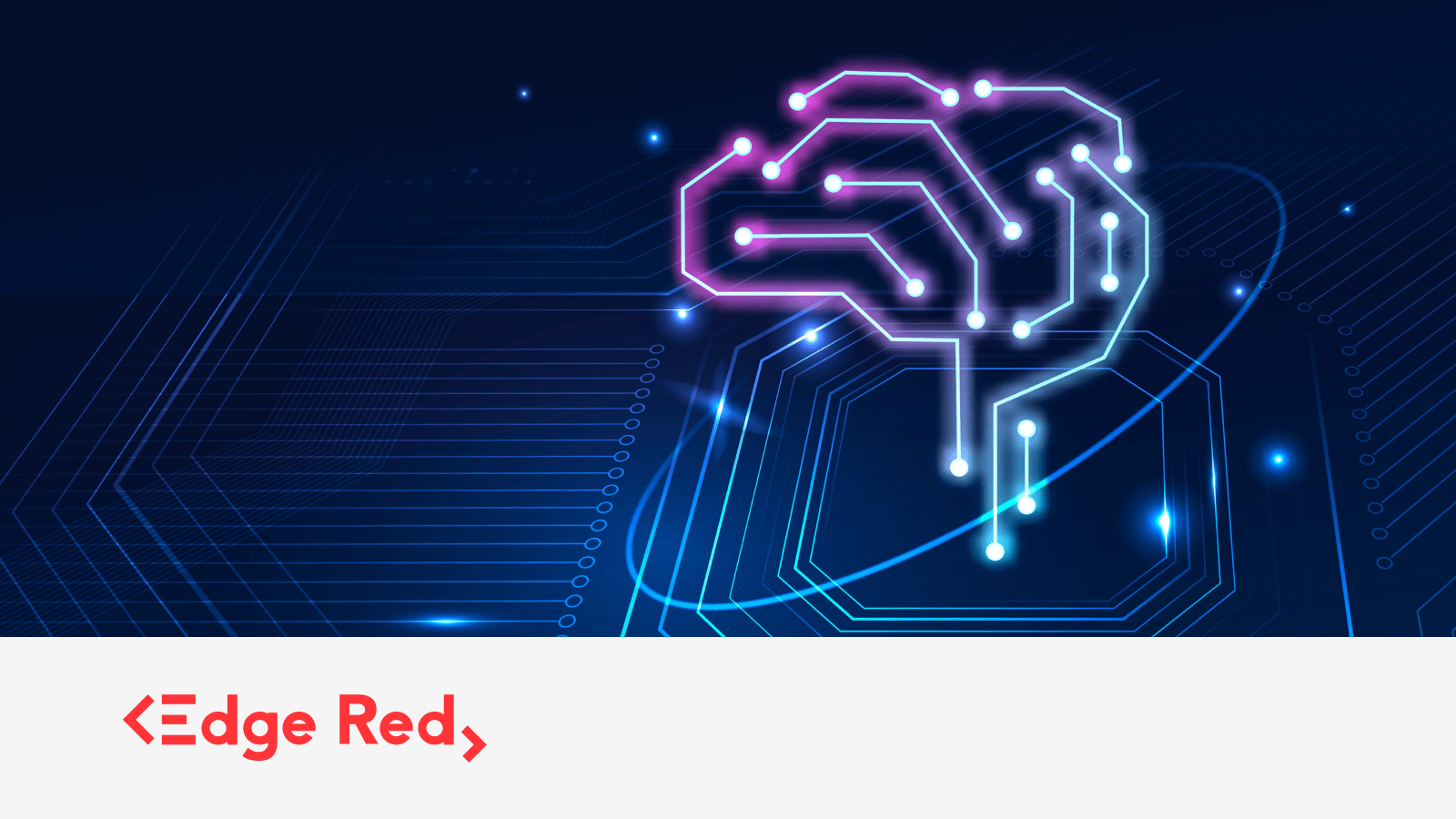Data quality is now an AI problem
1 Jul 2025

Data quality has always mattered – but with the rise of AI, it’s gone from a nice-to-have to a non-negotiable.
In traditional analytics, poor data might mean an inaccurate chart or an off-target KPI. Frustrating, yes – but usually recoverable.
In AI? Poor data leads to hallucinated answers, biased recommendations, broken user trust, and models that sound confident but are completely wrong.
And the kicker? You often won’t know it happened until much later.
AI multiplies, not mitigates, data issues
When you plug an LLM or ML model into a messy dataset, it doesn’t just surface the inconsistencies – it amplifies them. The language is fluent, the output feels credible, and the errors are harder to catch.
We’ve seen this firsthand at EdgeRed. A model trained on ambiguous or poorly defined fields doesn’t just “struggle” – it confidently makes wrong assumptions.
That might look like:
- Generating reports that mix up product lines
- Recommending decisions based on outdated or inconsistent tags
- Misclassifying text because the training data was too noisy
In short: AI systems are incredibly convincing – and that makes bad data even more dangerous.
Data quality in the age of AI looks different
The old checklist – “no nulls, values in range, format correct” – isn’t enough anymore. With AI, the expectations shift.
Here’s how we now think about data quality in AI-driven projects:
Traditional Checks
- No missing values – Semantic clarity – do terms mean the same thing across tables?
- Consistent formatting – Context consistency – is the full input meaningful together?
- Accurate joins – Bias detection – are some groups over/underrepresented?
- Updated records -Temporal accuracy – are models learning from the right version of reality?
This is especially important in large language model use cases (like RAG, search, and summarisation), where structured and unstructured sources blend – and data clarity directly affects the relevance of the response.
What we’re doing differently at EdgeRed
For AI-focused work, our approach to data readiness now includes:
- Auditing source consistency – checking whether the meaning of a field holds up across departments or systems
- Metadata tagging – capturing where data comes from, who owns it, and how it changes
- Bias testing early – looking at training data distribution before we even train or prompt
- Human-in-the-loop feedback – building mechanisms for users to flag weird responses, so models can improve with context
‘Before investing a $1 in AI, dedicate at least 10¢ to cleaning and curating your data, because even the most advanced models can’t turn garbage into gold.’”
– Rony Morales, Data Consultant at EdgeRed
Final thoughts
AI isn’t just a model problem – it’s a data problem in disguise.
The better your data foundations, the more useful and reliable your AI becomes. And as models get more powerful, so does their ability to mislead when the input isn’t clear.
So before chasing the next AI capability, take a closer look at your inputs.
Because in 2025, data quality isn’t just about clean rows – it’s about AI trust.
This blog is written by Rony, assisted by E.R.I.C.A.
About EdgeRed
EdgeRed is an Australian boutique consultancy with expert data analytics and AI consultants in Sydney and Melbourne. We help businesses turn data into insights, driving faster and smarter decisions. Our team specialises in the modern data stack, using tools like Snowflake, dbt, Databricks, and Power BI to deliver scalable, seamless solutions. Whether you need augmented resources or full-scale execution, we’re here to support your team and unlock real business value.
Subscribe to our newsletter to receive our latest data analysis and reports directly to your inbox.




